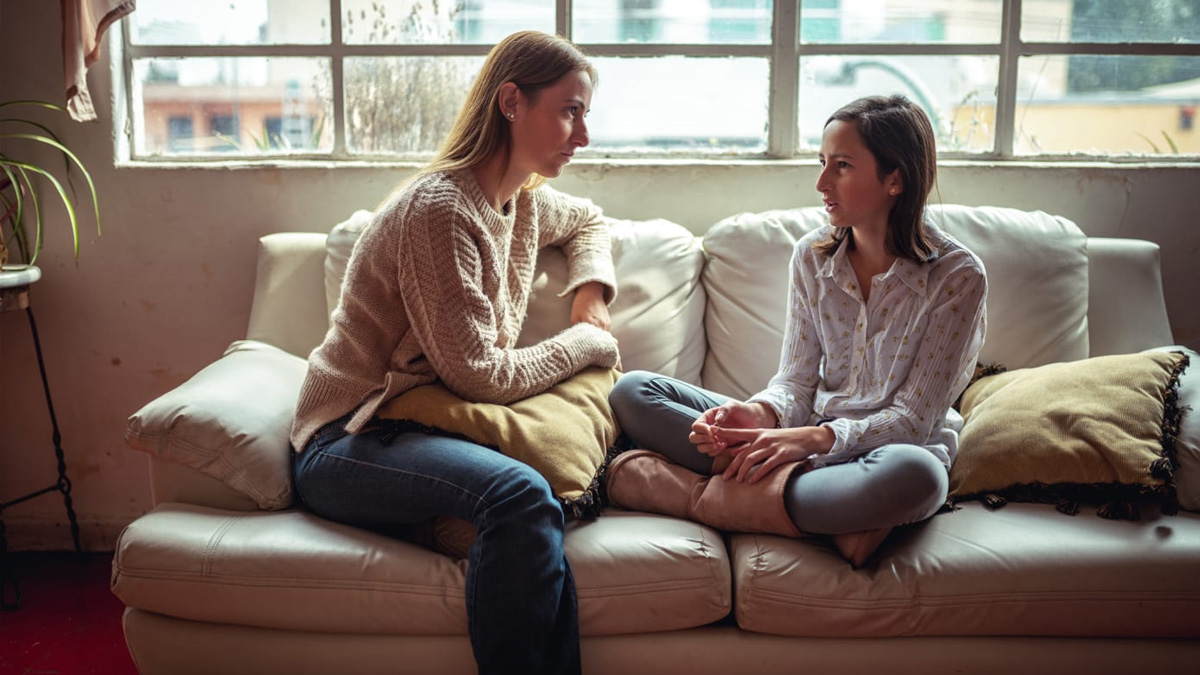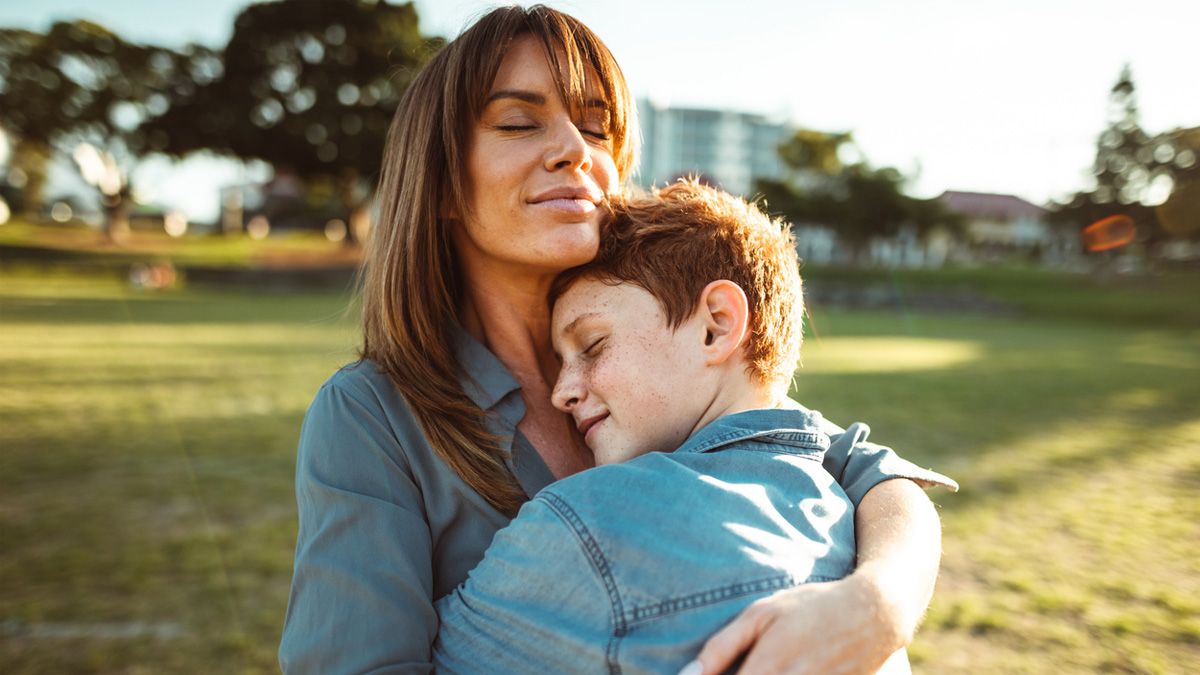on
Disasters can leave children feeling frightened, confused, and insecure. Whether a child has personally experienced trauma, has merely seen the event on television or has heard it discussed by adults, it is important for parents and teachers to be informed and ready to help if reactions to stress begin to occur.
Children may respond to disaster by demonstrating fears, sadness or behavioral problems. Younger children may return to earlier behavior patterns, such as bedwetting, sleep problems and separation anxiety. Older children may also display anger, aggression, school problems or withdrawal. Some children who have only indirect contact with the disaster but witness it on television may develop distress.
Recognize Risk Factors
For many children, reactions to disasters are brief and represent normal reactions to “abnormal events.” A smaller number of children can be at risk for more enduring psychological distress as a function of three major risk factors:
- Direct exposure to the disaster, such as being evacuated, observing injuries or death of others, or experiencing injury along with fearing one’s life is in danger.
- Loss/grief: This relates to the death or serious injury of family or friends.
- On-going stress from the secondary effects of disaster, such as temporarily living elsewhere, loss of friends and social networks, loss of personal property, parental unemployment, and costs incurred during recovery to return the family to pre-disaster life and living conditions.
Vulnerabilities in Children
In most cases, depending on the risk factors above, distressing responses are temporary. In the absence of severe threat to life, injury, loss of loved ones, or secondary problems such as loss of home, moves, etc., symptoms usually diminish over time. For those that were directly exposed to the disaster, reminders of the disaster such as high winds, smoke, cloudy skies, sirens, or other reminders of the disaster may cause upsetting feelings to return. Having a prior history of some type of traumatic event or severe stress may contribute to these feelings.
Children’s coping with disaster or emergencies is often tied to the way parents cope. They can detect adults’ fears and sadness. Parents and adults can make disasters less traumatic for children by taking steps to manage their own feelings and plans for coping. Parents are almost always the best source of support for children in disasters. One way to establish a sense of control and to build confidence in children before a disaster is to engage and involve them in preparing a family disaster plan. After a disaster, children can contribute to a family recovery plan.

Meeting the Child’s Emotional Needs
Children’s reactions are influenced by the behavior, thoughts, and feelings of adults. Adults should encourage children and adolescents to share their thoughts and feelings about the incident. Clarify misunderstandings about risk and danger by listening to children’s concerns and answering questions. Maintain a sense of calm by validating children’s concerns and perceptions and with discussion of concrete plans for safety.
Listen to what the child is saying. If a young child is asking questions about the event, answer them simply without the elaboration needed for an older child or adult. Some children are comforted by knowing more or less information than others; decide what level of information your particular child needs. If a child has difficulty expressing feelings, allow the child to draw a picture or tell a story of what happened.
Try to understand what is causing anxieties and fears. Be aware that following a disaster, children are most afraid that:
- The event will happen again.
- Someone close to them will be killed or injured.
- They will be left alone or separated from the family.
Reassuring Children After a Disaster
Suggestions to help reassure children include the following:
- Personal contact is reassuring. Hug and touch your children.
- Calmly provide factual information about the recent disaster and current plans for insuring their safety along with recovery plans.
- Encourage your children to talk about their feelings.
- Spend extra time with your children such as at bedtime.
- Re-establish your daily routine for work, school, play, meals, and rest.
- Involve your children by giving them specific chores to help them feel they are helping to restore family and community life.
- Praise and recognize responsible behavior.
- Understand that your children will have a range of reactions to disasters.
- Encourage your children to help update your a family disaster plan.
If you have tried to create a reassuring environment by following the steps above, but your child continues to exhibit stress, if the reactions worsen over time, or if they cause interference with daily behavior at school, at home, or with other relationships, it may be appropriate to talk to a professional. You can get professional help from the child’s primary care physician, a mental health provider specializing in children’s needs, or a member of the clergy.
Monitor and Limit Exposure to the Media
Subscribe for FREE to Continue Reading
Subscribe for FREE to get access to all of our premium content and get an email when new content is added.
The purpose of this blog is to present preparedness ideas for those that are brand new to the idea of being prepared for various disasters. We will also provide information for experienced ‘preppers’.
Get access to premium content and more!





